LONVI | The Senotherapeutic Company
SenoC1 Senomorphic complex
SenoC1 Senomorphic complex
Couldn't load pickup availability
PCC1 Daily Senomorphic – Daily SASP Baseline Support
Data-driven. Third-party tested. Preclinical & translational evidence.
PCC1 Daily Senomorphic is designed for everyday use between senolytic cycles. At lower concentrations, PCC1 shows senomorphic activity in preclinical studies—helping keep SASP signaling in a “quiet mode” and supporting a healthier cellular micro-environment over time.
Animal studies suggest prolonged PCC1 intake can modulate immune and inflammatory signatures and support functional outcomes such as grip strength (exploratory data). This daily formula is intended to complement the 3-Day PCC1 or PCC1+ protocol, or to be taken on its own for baseline support.
Superior Safety Profile
Extensive preclinical studies and human GSE data show no hematologic toxicity, organ dysfunction, or immune suppression—advantages compared to synthetic senolytics such as Navitoclax (linked to thrombocytopenia) and Dasatinib (linked to pleural effusion, arrhythmias).
Suggested Use
Take 1 capsule daily with food, or as directed by your healthcare professional.
Use on non-pulse days to help maintain a balanced cellular environment.
How to Combine
Standalone: Take PCC1 Daily Senomorphic alone for ongoing cellular support.
Stacked: Combine with the 3-Day PCC1 or PCC1+ monthly pulse. Use Daily Senomorphic on the other days to complement the cycle.
Both approaches are valid—choose according to your routine and professional guidance.
Caution
Do not exceed the recommended dose.
Consult your healthcare professional if you are pregnant, nursing, under 18, taking anticoagulants/antiplatelets, have a medical condition, or are preparing for surgery.
Keep out of reach of children.
Storage
Store in a cool, dry place below 25 °C / 77 °F.
Refrigeration is optional for maximum freshness.
Share

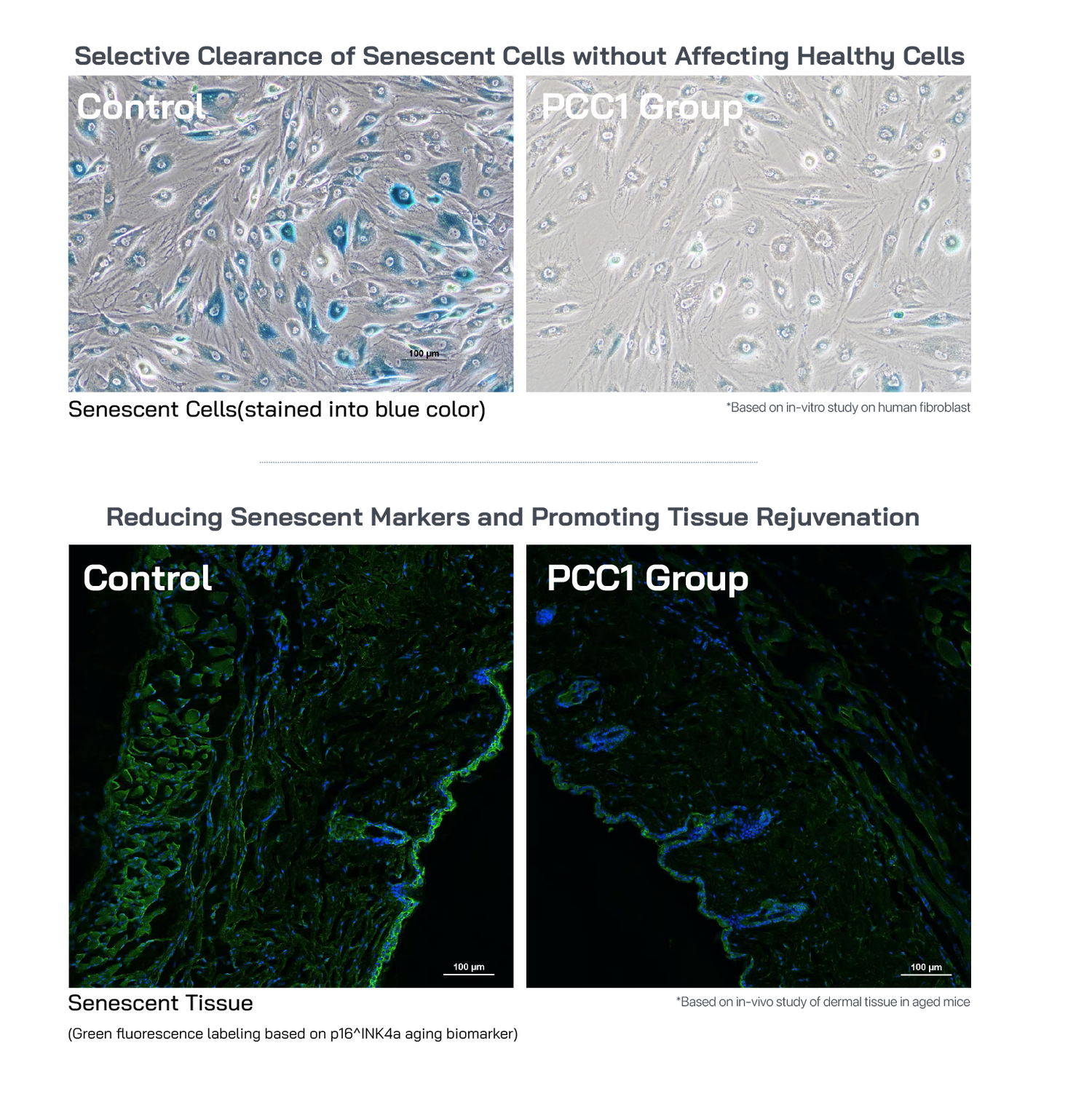
Supports Healthy Cells, Targets Senescent Ones
PCC1 has been shown in preclinical models to help clear aged cells while protecting healthy ones, supporting signs of skin and tissue renewal. Evidence comes from lab and animal studies.
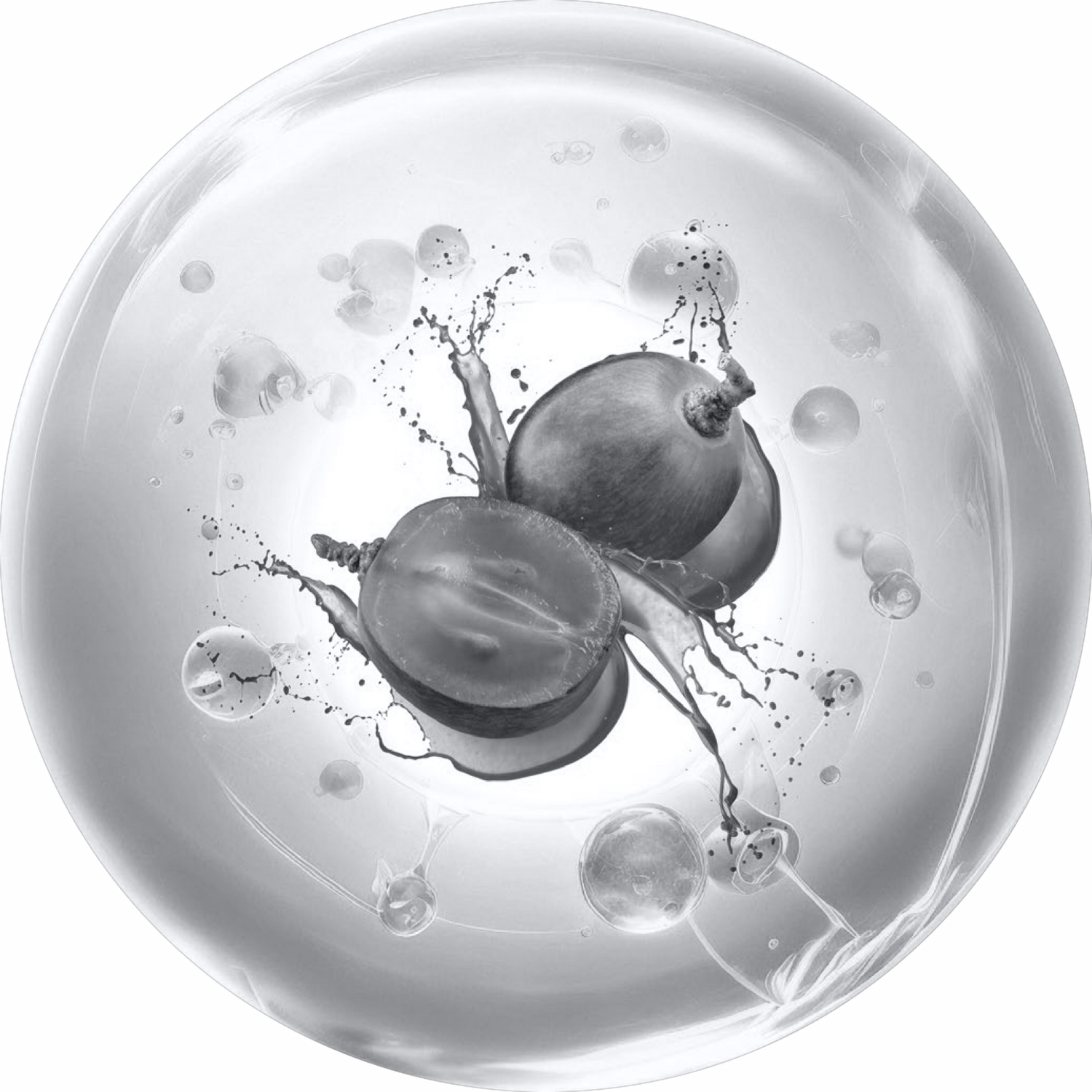
What is PCC1 (ProcyanidinC1)?
Powerful Natural Composition
PCC1 is derived from grape seeds and pine bark, making it one of the most potent procyanidins. It has been safely consumed for generations, standing the test of time.
Targeted Clearance of Senescent Cells
PCC1 selectively eliminates senescent cells, promoting healthy aging and cellular rejuvenation.
Proven Safety
Long-term dietary use has confirmed PCC1ʼs safety, highlighting its potential therapeutic value in longevity and health optimisation.
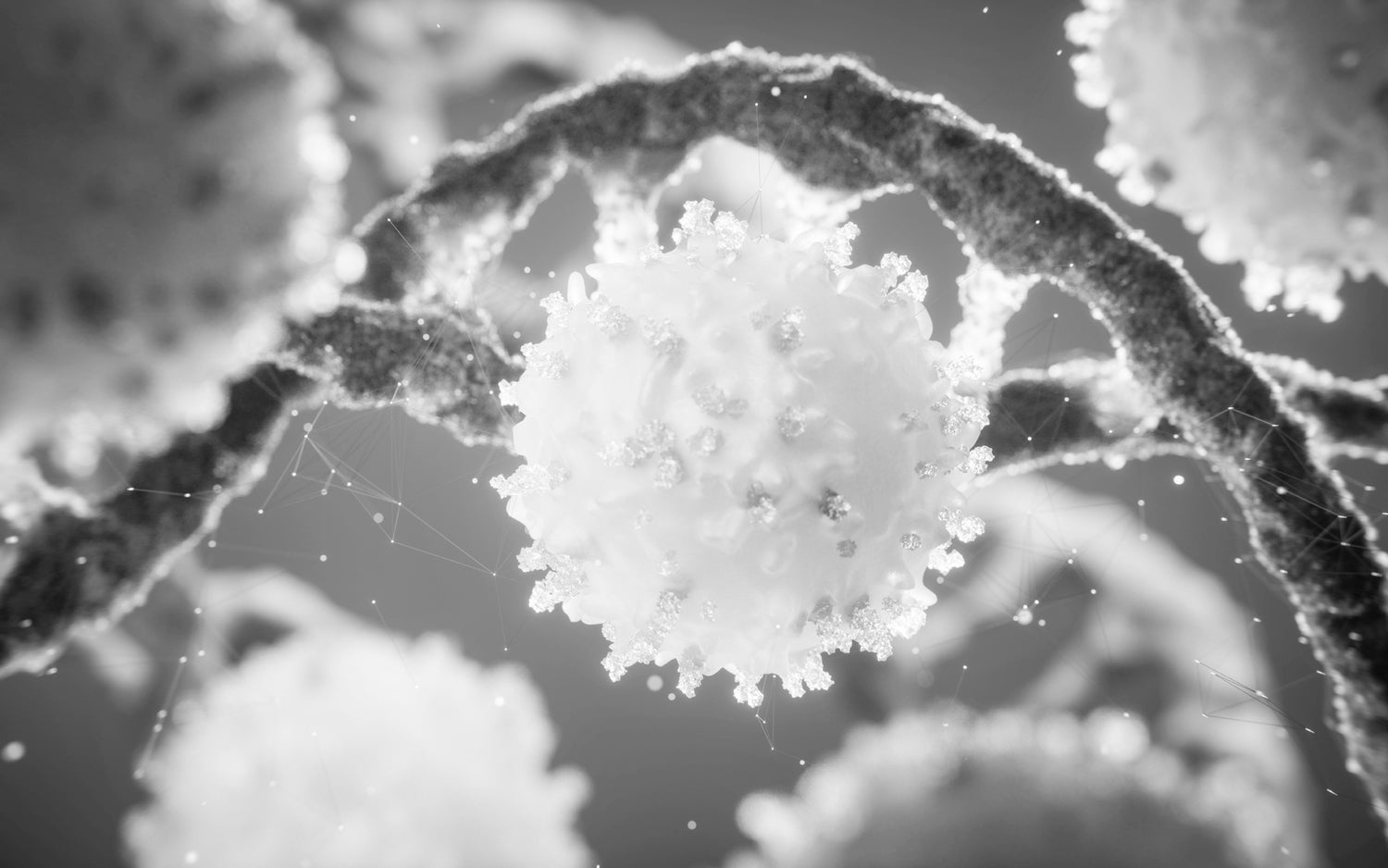
What is Senescent Cell
Senescent cells originate from normal cells but enter a metabolic arrest phase (G1 phase) where they neither proliferate nor die. They can even attack surrounding healthy cells, causing them to become senescent as well. Due to this characteristic, they are often referred to as “Zombie Cells.”
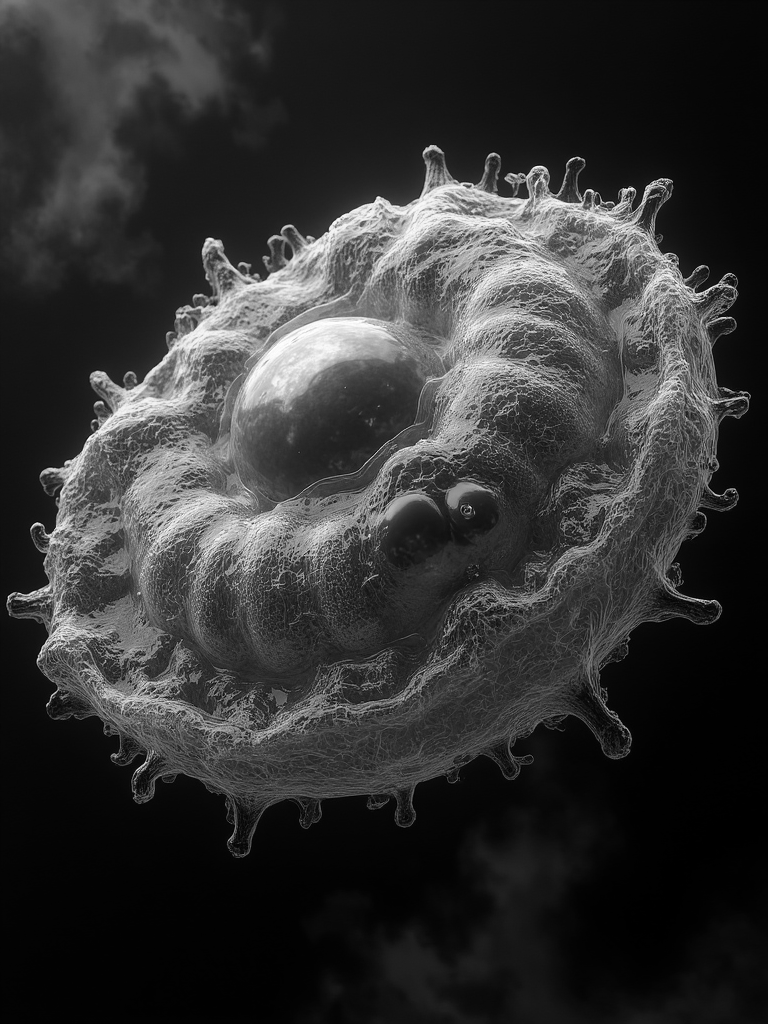
What are the Factors That Trigger or Promote Cellular Senescence?
Cellular senescence can be triggered by various stressors, including DNA damage, metabolic stress, chronic inflammation, and tissue injury.
· DNA damage, such as that caused by radiation or replication errors, activates cellular checkpoint pathways that halt cell division.
· Metabolic stress, often resulting from mitochondrial dysfunction or nutrient imbalance, disrupts normal cellular functions and promotes senescence.
· Chronic inflammation, driven by persistent harmful stimuli, creates a pro-senescent environment through inflammatory cytokines and oxidative stress.
· Lastly, tissue damage—whether mechanical or chemical—can induce senescence as a protective mechanism to prevent the proliferation of potentially compromised cells.
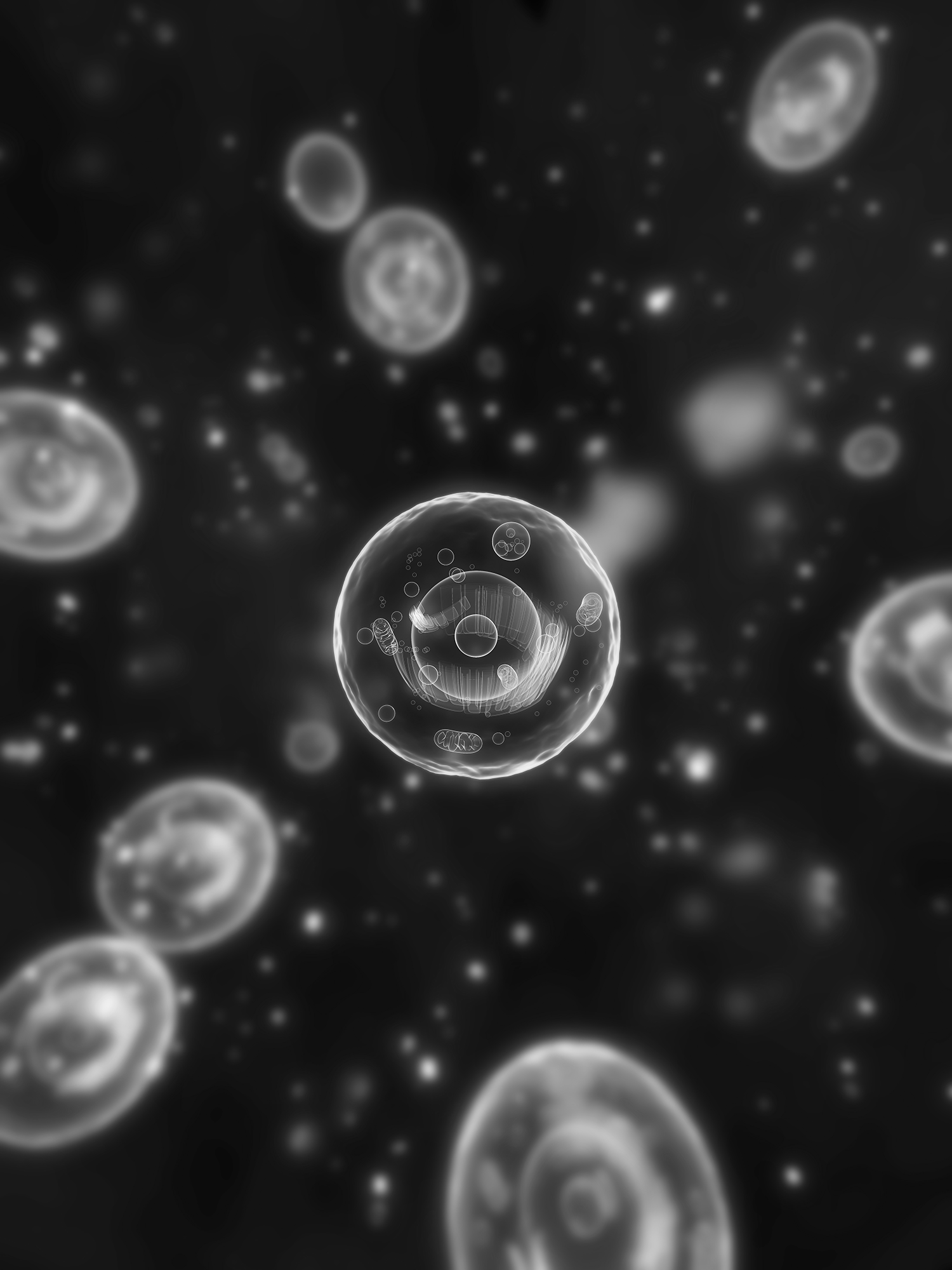
Do Senescent Cells Affect Healthy Cells?
Senescent cells continuously secrete senescence—associated secretory phenotype (SASP) factors and inflammatory signals such as reactive oxygen species (ROS), which induce senescence in surrounding cells. This process amplifies the spread of senescent cells, leading to a bystander effect.
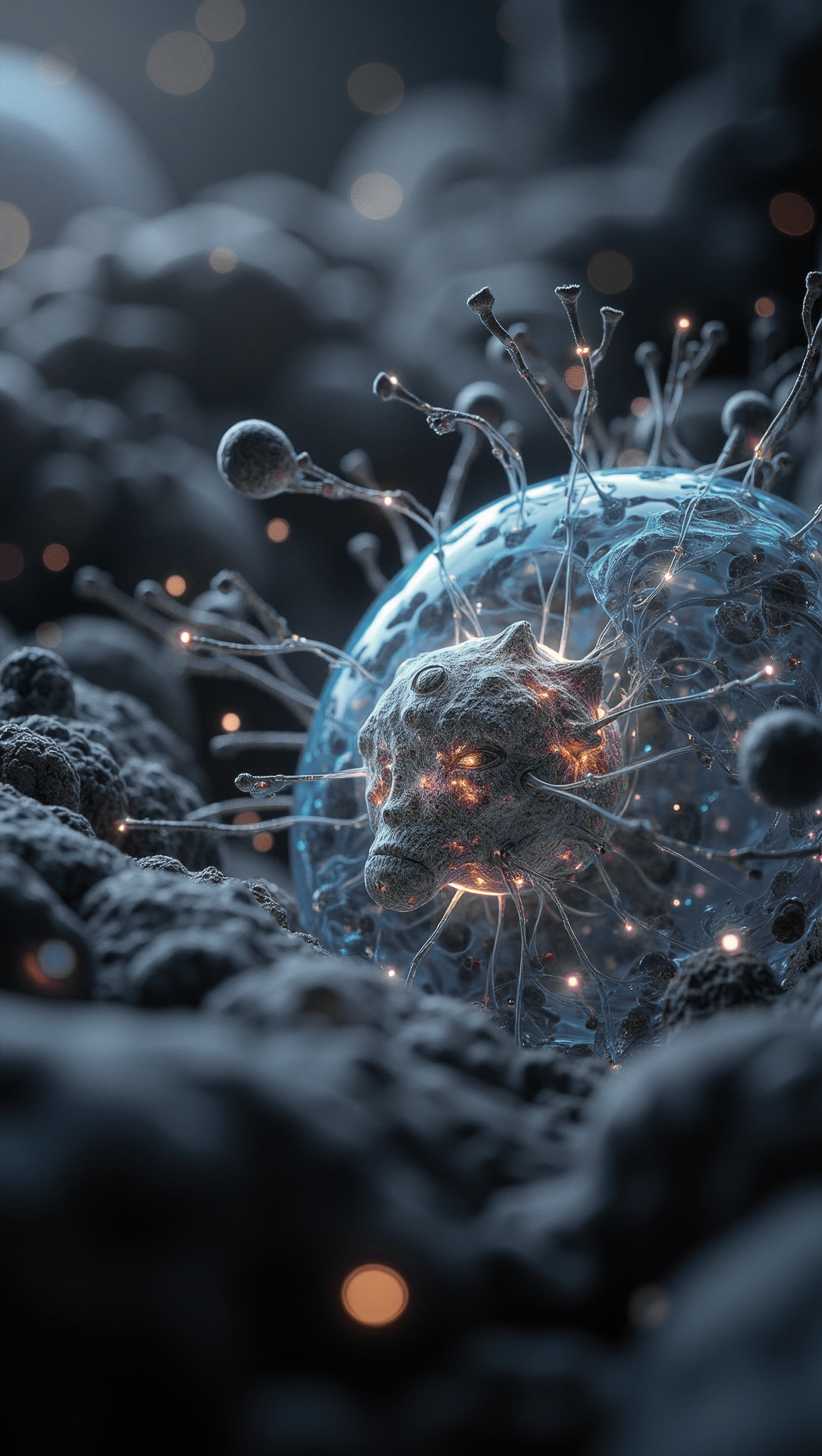
Do Senescent Cells Naturally Undergo Apoptosis?
Protected by senescence—associated anti—apoptotic pathways (SCAPs),senescent cells evade natural cell death. Due to their SASP secretions, they persist in biological environments, avoiding clearance by the immune system.

